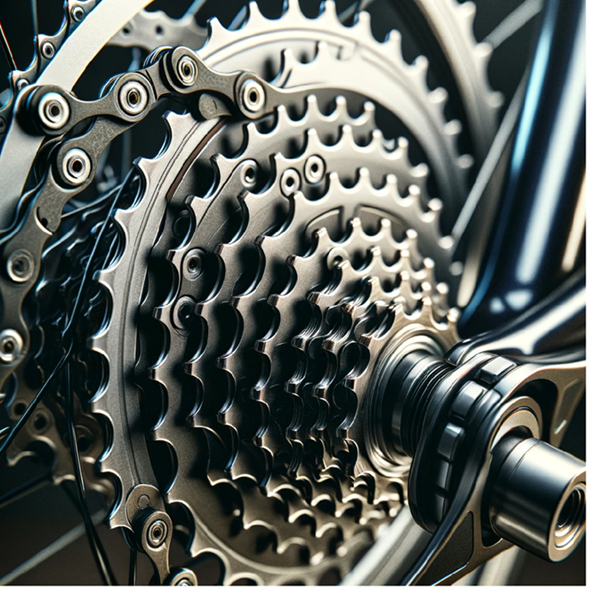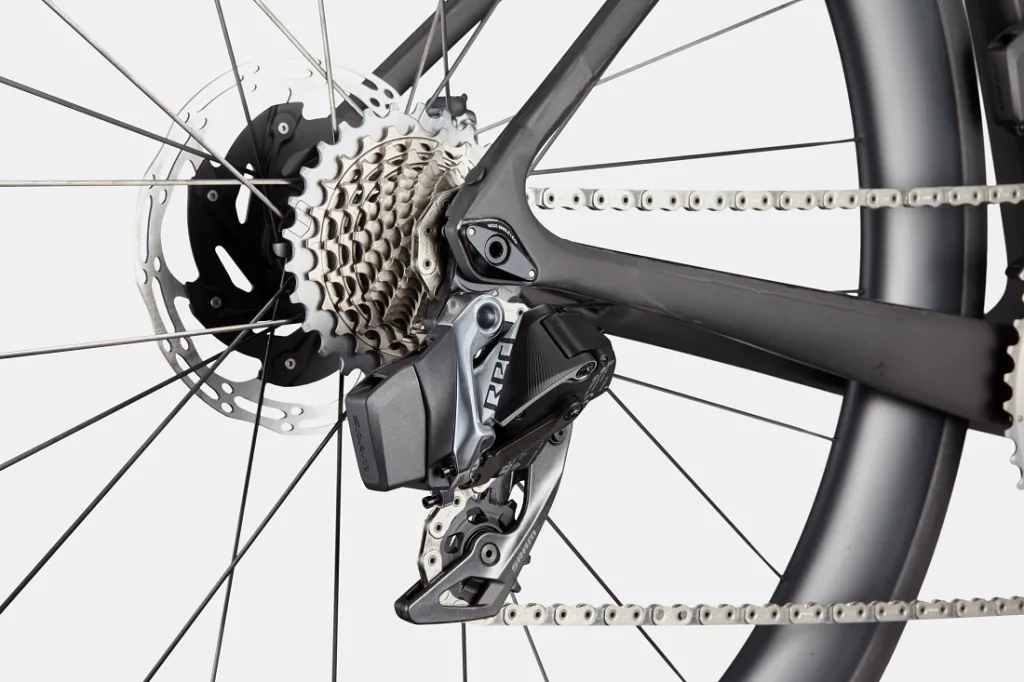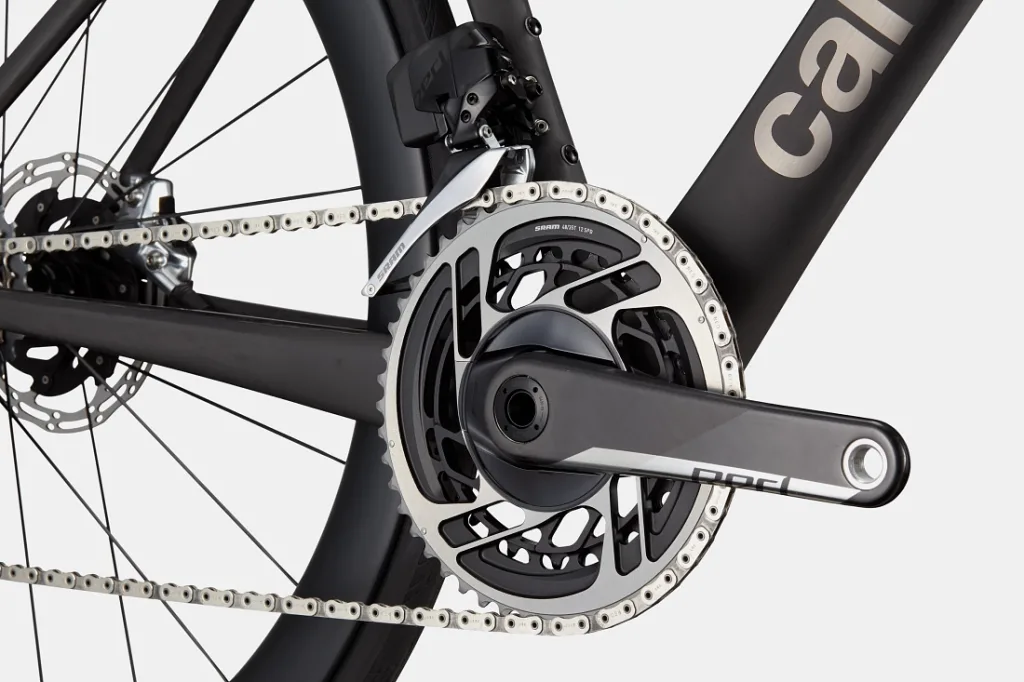
Wondering how many gears should a road bike have? Well, it depends on what you’re planning to do with it. Modern road bikes typically sport anywhere from 8 to 24 gears. The setup – how many chainrings you’ve got up front paired with the range of cogs on the back cassette – can really vary based on the bike’s design and what you plan to use it for.
The Benefits of More Gears vs. Fewer Gears:
More Gears:
- Versatility: They let you adjust your pedalling effort to the terrain, which is super handy when you’re dealing with varying conditions.
- Efficiency: More gears mean you can better match your gear ratio to how fast you’re pedalling and the slope you’re on, helping you maintain a smooth, efficient ride.
- Ease of Climbing: Lower gears help manage climbs by reducing the strain on both you and your bike.
Fewer Gears:
- Weight Reduction: Fewer gears mean fewer parts, which can cut down the weight of your bike – important in races where every ounce might count.
- Simplicity and Reliability: A simpler setup means fewer things can go wrong, and maintenance generally becomes a breeze.
- Cost-Effectiveness: Generally, bikes with fewer gears are also easier on the wallet, which is great for new riders or those on a budget.
Suggested Gear Setups for Set Riding Styles:
Type of Gears for Casual Riding
If you’re mostly cruising on flat or gently rolling terrain, you won’t need a ton of gears. Something like a compact double setup (that’s 50/34 chainrings for non-tech readers!) paired with an 11-28 cassette should do the trick. It gives you a nice range for comfortable pedalling and enough options for those pesky hills that pop up.

Gears for Racing
For those of you who like to ride fast, racing road bikes are all about maintaining high speeds and being able to shift quickly. Think standard double chainrings (53/39) and a close-ratio cassette like 11-25. This combo lets you fine-tune your pedal power and speed, perfect for sprints or quick climbs.
Long Distance Touring Gear Set-up
Touring or endurance rides? You’re probably going to face a mix of terrains. Here, more gears and a wider range are your friends. A triple chainring setup (like 50/39/30) with a wider-range cassette (think 11-34) gives you lots of options to handle steep climbs and lengthy, challenging routes comfortably.

Best Gearing for Climbing
If hills are your thing, or rather, if you can’t avoid them, opting for more gears can be a lifesaver. A 50/34 crankset combined with a 11-22 or 11-34 cassette can make those grueling climbs a bit more doable by providing lower gear ratios.
Our Casual, Everyday Road Bikes
Our Specialized Race Road Bikes, Cervelo Race Road Bikes, Cannondale Race Road Bikes
Our Touring and Endurance Road Bikes
Our Best Road Bikes for Climbing (Giant)
Conclusion:
Ultimately, the right number of gears for your road bike hinges on your specific needs, the typical terrain you’ll ride, and your personal riding style. More gears offer greater flexibility for a variety of conditions, making them ideal for adventurous riders. On the other hand, fewer gears might appeal to those who value simplicity, lower costs, and a lighter bike. Whatever you choose, make sure your bike suits your cycling goals – that’s key to a great riding experience.